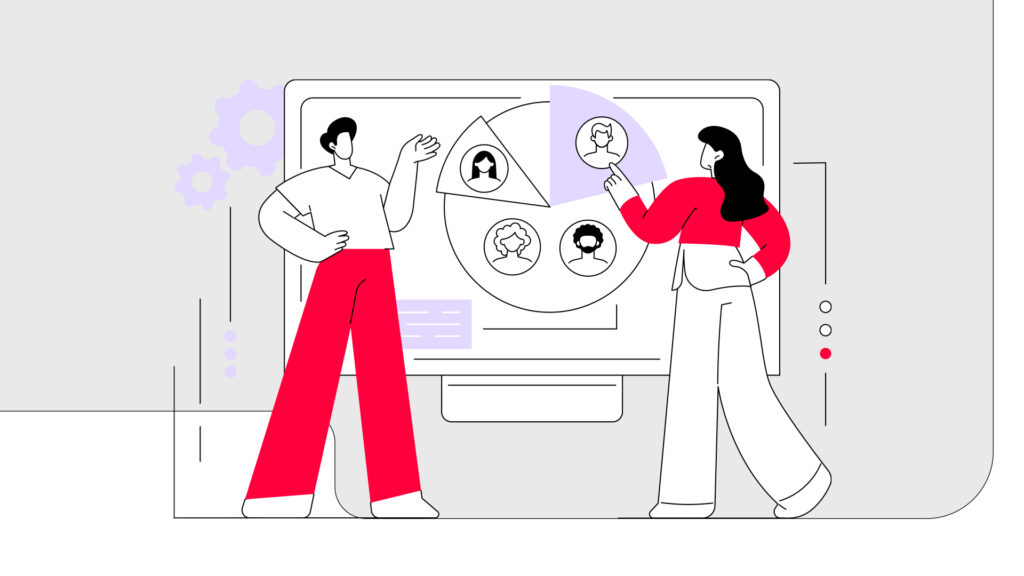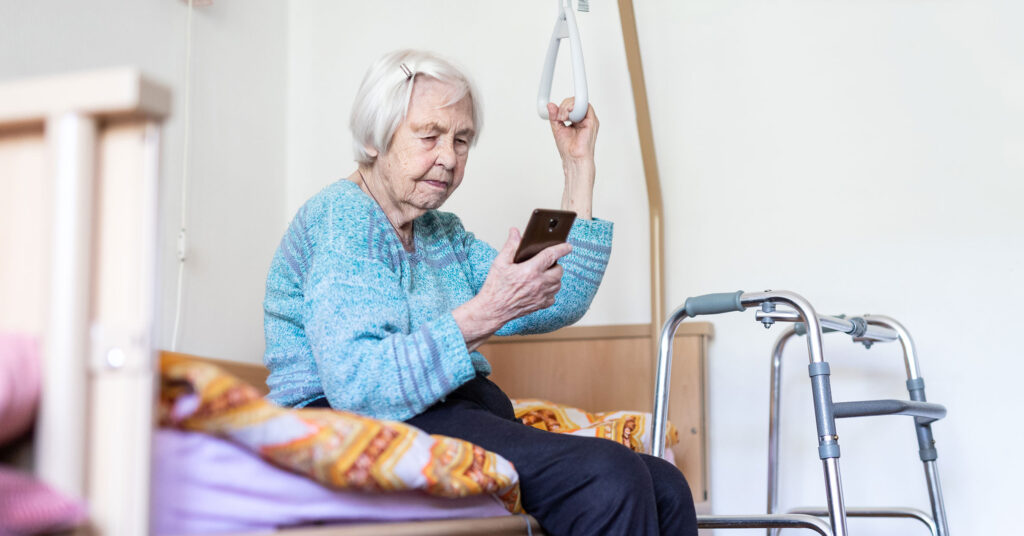
The ongoing COVID-19 pandemic has upended the way public and private institutions operate. Organizations across various industries have started to adopt new measures and strategies to support their workforce and user base access. Touchless check-in systems and technologies are now at the top of this list.
Touchless technology products are especially vital in a healthcare setting. Patients have always demanded safety and hygiene, but this has become harder to deliver during the COVID-19 pandemic. For patients and clinicians, clinical safety and hygiene have both taken on new complexities in the coronavirus era.
Touchless check-in systems have emerged as crucial to the redesign of how patients communicate and interact with providers. In a post-pandemic world, healthcare organizations will increasingly leverage the power of touchless technology products. The elimination of touchpoints and the adoption of technologically-powered messaging systems will become more common…and more important.
The meaning of “touchless” technology
What exactly does “going touchless” mean?
Touchless technology products are not new phenomena despite gaining increased attention lately. In fact, related technologies such as voice recognition and gesture sensors have been in extensive use since the 1980s when soap dispensers, as well as automatic faucets, became prevalent in public restrooms.
In short, touchless technology trades physical actions for digital convenience. Today, everyone experiences touchless technologies on a daily basis. Automatic doors, voice-activated lights, or Siri-assisted processes are all well-known examples. With the pandemic, the demand for an all-round touchless experience has accelerated. In a newly contagious world, everybody wants to touch as few things as possible.
Consider how many “touches” are present in the traditional check-in process. Patients are touching pens, forms, signature pads, kiosks, and desks. People sit shoulder to shoulder in waiting rooms. People are taking public transportation to get to and from their appointments.
Forward-looking healthcare organizations are reacting to this reality by examining the capabilities of a touchless check-in system.
The power of a touchless check-in system
A patient who uses touchless check-in cuts out all the physical points involved in the traditional process. With a touchless check-in system, patients can:
- Safely pre-register and check-in for their appointments.
- Complete their COVID-19 screening form remotely on a device without the need to physically visit the healthcare center.
- Wait for their appointment to begin in a virtual waiting room.
Patients can also leverage unified healthcare communications hubs like WELL to facilitate the touchless experience. Aside from scheduling appointments, touchless systems can also facilitate patient education, follow-ups, support care management, and triage. Such systems also allow patients to self-report outcomes which help close communication gaps and promote proactive issue resolution.
These touchless services protect both the patient and staff since there is no need for contact with onsite check-in personnel or equipment.
Touchless check-in systems have been essential during the pandemic and they are now here to stay. A recent survey indicates that over 62% of consumers are looking to boost their use of touchless tech after the pandemic subsides. Even after the vaccine has been completely rolled out, people will become used to the convenience and ease of executing healthcare administration in this modern way.
The importance of an all-in-one communication platform
Touchless technology means doing things digitally. Therefore, the provider-patient communication needs to be 100% optimized, if the touchless experience is to be successful.
The pandemic has shown us all the power of effective communication tools. The crisis has forced the healthcare industry, along with the rest of the world, to work remotely. Providers that deliver effective, conversational messaging in their patients’ preferred channels have achieved a competitive advantage during the COVID crisis. Moreover, they are likely to sustain this advantage post-pandemic.
However, a touchless check-in system will fail if there is disjointed communication across the organization. Providers should make sure that patients receive all relevant information in a single, convenient portal. A recent study revealed that electronic communication between physicians and their patients in a centralized place increases both patient engagement and satisfaction. Providers need to do everything they can to coordinate communications, activities, and data flow between clinicians and their established healthcare consumers.
By leveraging the power of information technology, an all-in-one communication hub can deliver patient-centric messaging in the channels patients prefer. Providers can then implement a full touchless check-in system that enables the entire patient experience beyond just checking in to:
- Patient outreach
- Appointment reminders
- Care management enrollment
- Referrals
- Post-discharge management
- And other vital patient communications that drive positive health outcomes
This new reality will be particularly vital for reducing patient no-shows thereby also increasing profitability.
Give patients what they want
Patients want modern and technologically-driven platforms that make healthcare convenient and safe. A touchless check-in system is central to this process. Post-pandemic, patients will want to be more efficient with their time and admin tasks to be as touchless as possible. Providers need to respond to this fact if they want to stay competitive.
With a unified communication portal, healthcare institutions and practices are able to maintain patient communication, achieve patient engagement, satisfaction, and safety. They will also reduce inefficiency gaps and facilitate real-time collaboration while preserving profitability.
For all healthcare providers, the goal is to provide a greater patient experience. This means making things as safe and as easy as possible – now, and after the pandemic. The modern patient is a consumer. Providers need to give patients what they want and increasingly, that is a touchless experience.


